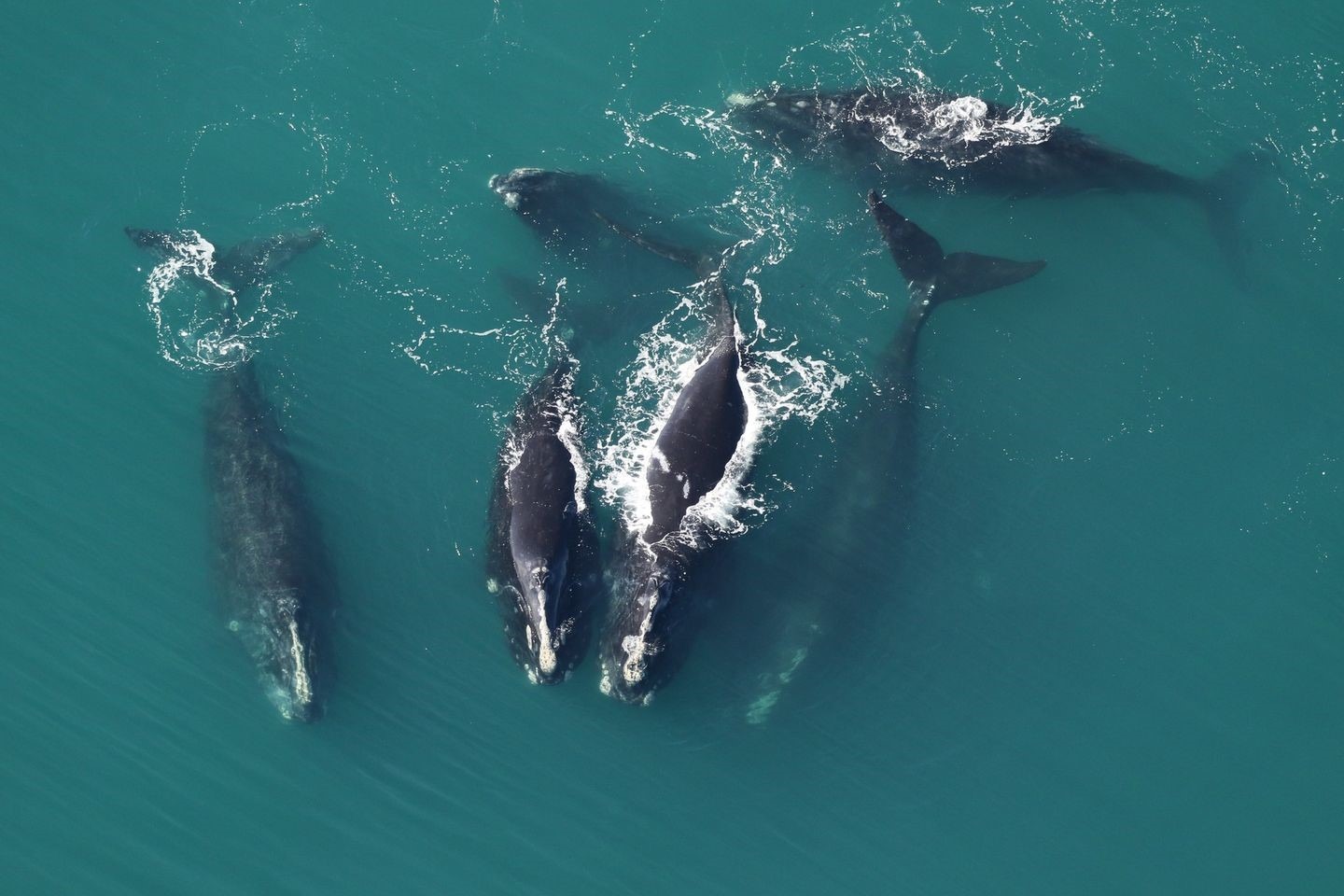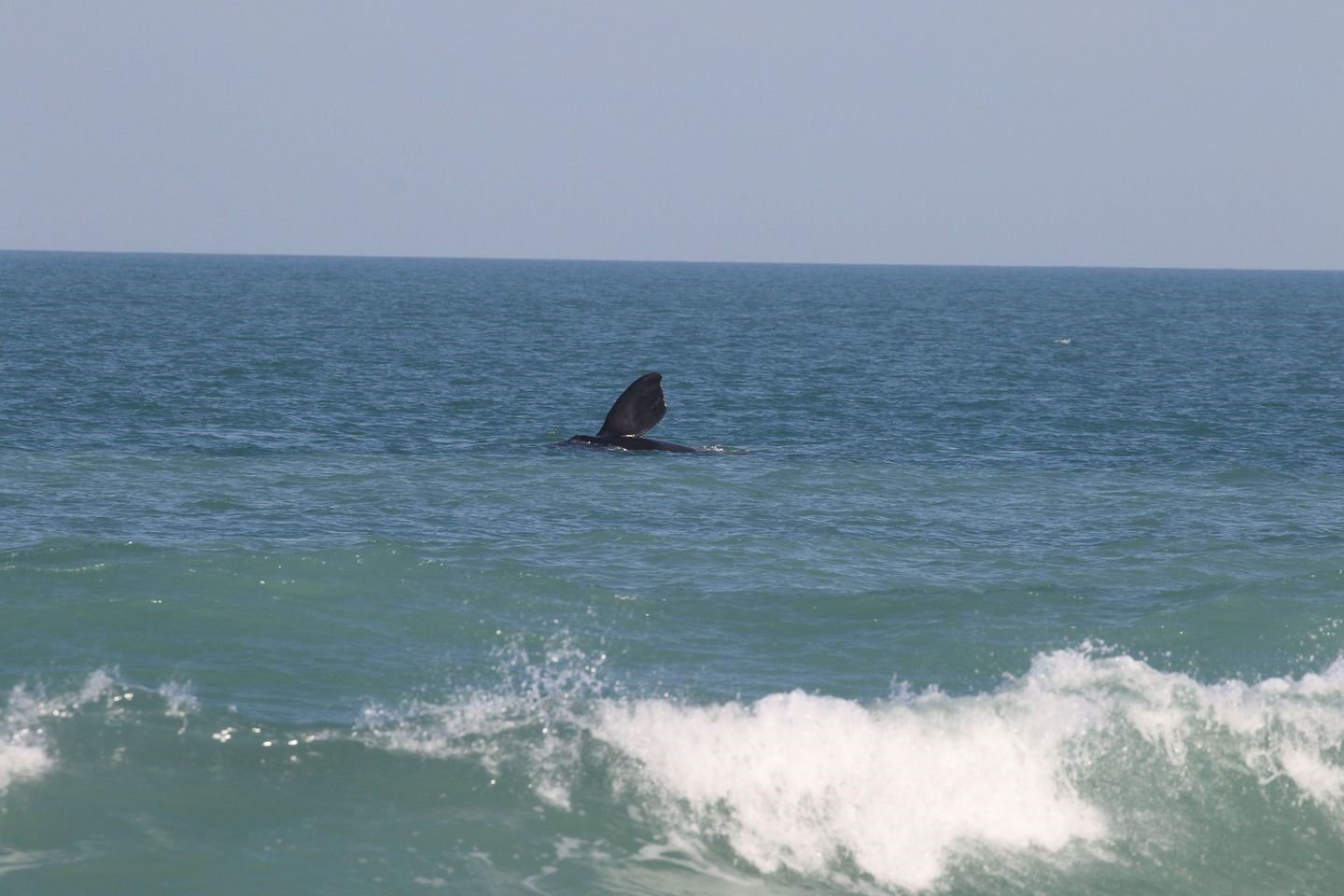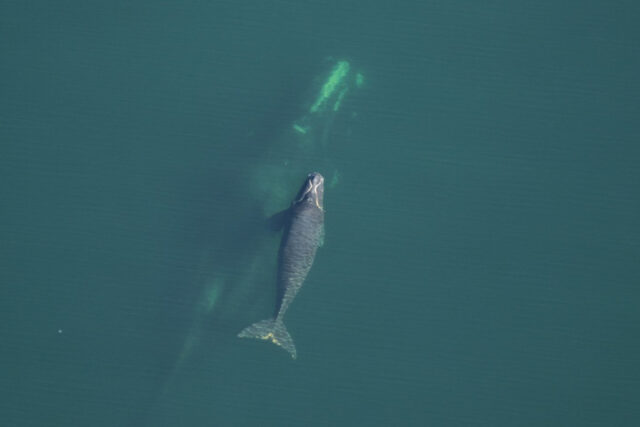April 15th marked the end of an eventful right whale calving season.
This year, a total of 19 calves were sighted in the Southeastern U.S., the calving grounds for the species. As marine biologists and conservationists closely monitored the season, they observed both hopeful signs and ongoing challenges for the critically endangered North Atlantic right whale population.

The 19 calves represent a slight increase compared to the previous season, offering a glimmer of hope for the species’ recovery. However, despite this modest uptick, the overall population of North Atlantic right whales continues to face significant threats, including entanglement in fishing gear, vessel strikes, and habitat degradation.

Efforts to protect these majestic creatures have been ongoing for years, with measures such as speed restrictions for vessels in designated whale zones and the implementation of fishing gear modifications to reduce entanglement risk. Yet, despite these conservation efforts, the future of the North Atlantic right whale remains uncertain.

As we reflect on the conclusion of another calving season, it serves as a reminder of the delicate balance between human activities and the preservation of our planet’s biodiversity. Continued collaboration and commitment from governments, scientists, industries, and the public are crucial to ensuring the survival of this iconic species for generations to come.


































